Home > PCB Fabrication > Single-sided PCB
Single-sided PCBs, also known as print-and-etch boards, are boards with traces on only one side. The etch resist is typically applied using screen printing techniques, and the conductor pattern is formed by chemically etching away the unwanted copper foil that is exposed. These are traditional single-sided PCBs, common used materials are FR-1, CEM-1, CEM-3, and FR-4. Of course there are some other types of boards also single-sided, like the flexible circuits and metal core PCBs, a lot of them also in single-sided, the processes are different and much more complex.

Typical substrates used for Single-Sided Circuit Boards are XPC, FR-1, FR-2, FR-4, CEM-1, CEM-3.
XPC, FR-1, FR-2 are flame-retardant phenolic materials that are also highly punchable, they have excellent electrical, heat-resistant, moisture-resistant, flame-resistant and other properties as well as low cost. FR-3 is epoxy Copper Clad Laminate, it is flame retardant with high electrical properties.
CEM-1, which is a composite of paper and glass impregnated with epoxy resin, is the most popular substrate for SSBs. While not as low cost as XPC-FR or FR-2, CEM-1 has gained popularity because of its mechanical strength and also because of the relative unavailability of paper phenolic laminates.
CEM-3 is similar to FR4, but uses a composite material of a non-woven glass core and a woven glass surface instead of a full sheet of woven glass. It’s a flame retardant epoxy resin, copper-clad glass material, commonly used in double-sided PCBs.
“FR” is the abbreviation of flame retardant. As the board runs on electricity, it should be heat resistant. FR4 has much better heat resistance than FR1 and XPC due to the different composition of the layers.
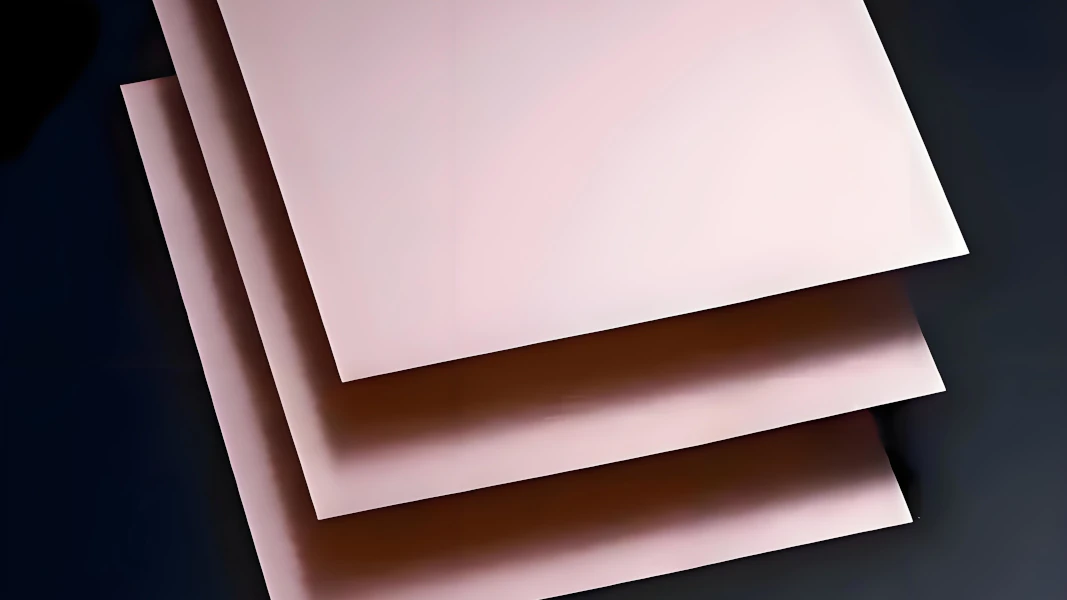
| No. | Material | Composition | Max Temp (°C) | Characteristics | Common Applications |
|---|---|---|---|---|---|
| 1 | FR-1 | Paper phenolic | 120 | Basic strength, moderate dielectric strength | Low-power consumer devices |
| 2 | FR-2 | Phenolic resin | 130 | Better moisture resistance, improved properties | Household appliances |
| 3 | XPC | Epoxy laminate | 130 | Good chemical/mildew resistance | Connectors, switches |
| 4 | CEM-1 | Epoxy composite | 130 | Good insulation, lightweight | Single-sided PCBs |
| 5 | CEM-3 | Fiberglass/epoxy | 140 | High strength, good thermal properties | Double-sided/multilayer PCBs |
| 6 | FR-4 | Glass epoxy | 130-180 | Excellent insulation, high strength, low moisture | Most common PCB applications |
When designing a single-sided PCB, holes are necessary for component leads and mounting purposes. The methods used for creating SSB holes are primarily drilling and punching, each having specific techniques, advantages, and applications.
CEM-1 and CEM-3 are composite materials that provide good dielectric properties, making them suitable for various applications, while FR-4 is a widely used epoxy resin that offers excellent mechanical strength and thermal stability. These material requires careful handling during the drilling process to ensure high-quality production and efficient assembly, as precision in hole size and placement directly affects the performance and reliability of the PCB.
Single-sided PCB are mostly used in high-volume, low cost consumer electronics which uses XPC, FR-1, FR-2 materials, these punchable materials can enhance production efficiency and significantly saving the overall costs.
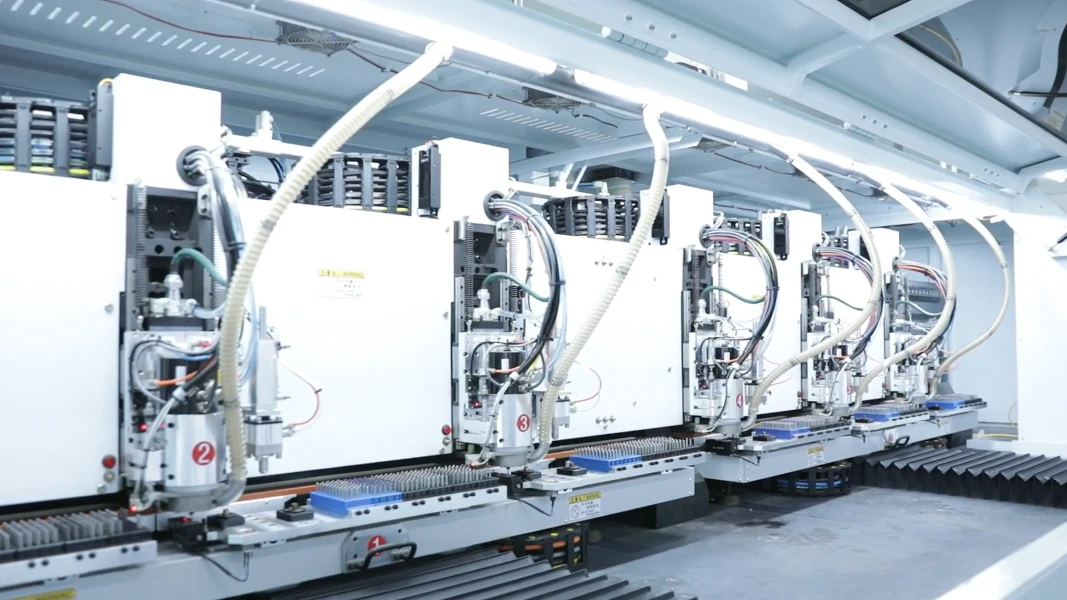
Soldermask is a thin protective coating applied to the surface of a PCB to insulate copper traces from environmental factors and prevent accidental solder bridges during component soldering. It is usually green but can come in other colors and plays a crucial role in enhancing PCB durability, reliability, and manufacturability by preventing short circuits and corrosion. Soldermask key functions:
Soldermask masks off and insulates the non-pad copper areas, preventing accidental solder bridges between adjacent pads or traces during soldering.
It shields the copper from oxidation, dust, moisture, and contaminants, enhancing the PCB’s durability and reliability over time.
Provides electrical insulation between conductors and protects the surface from physical damage and environmental stress.
Improves solder wetting and solder joint quality by clearly defining where solder should be deposited.
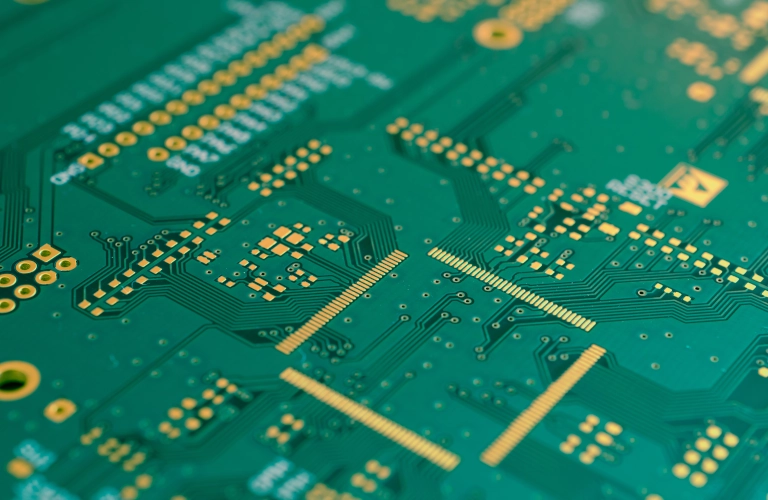
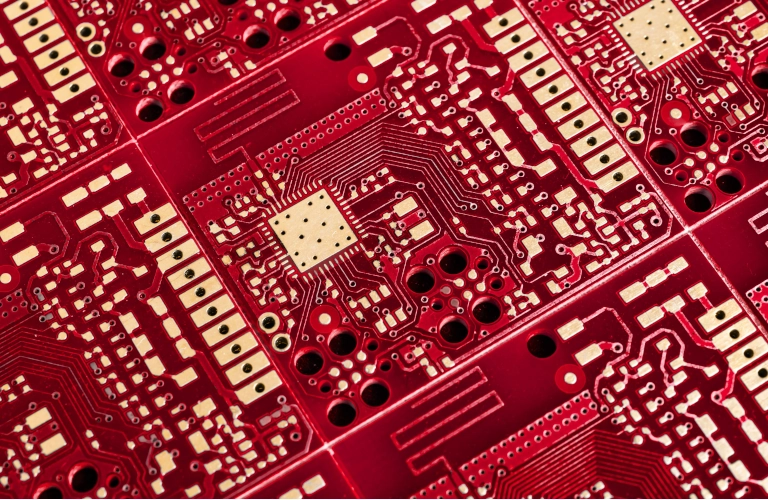
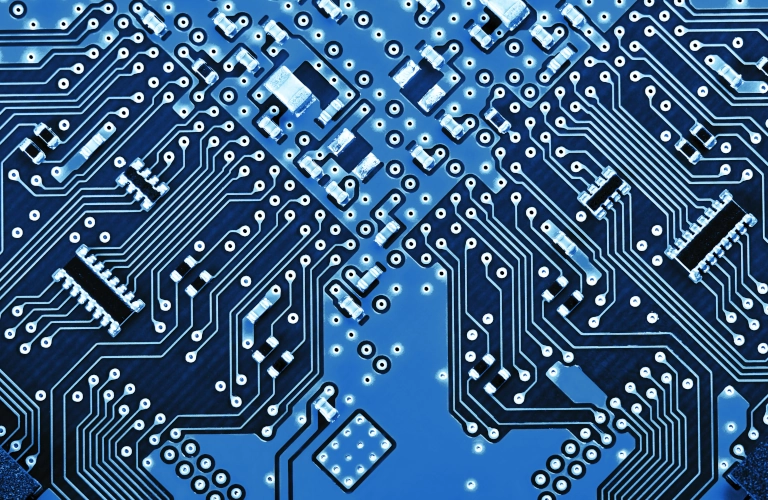
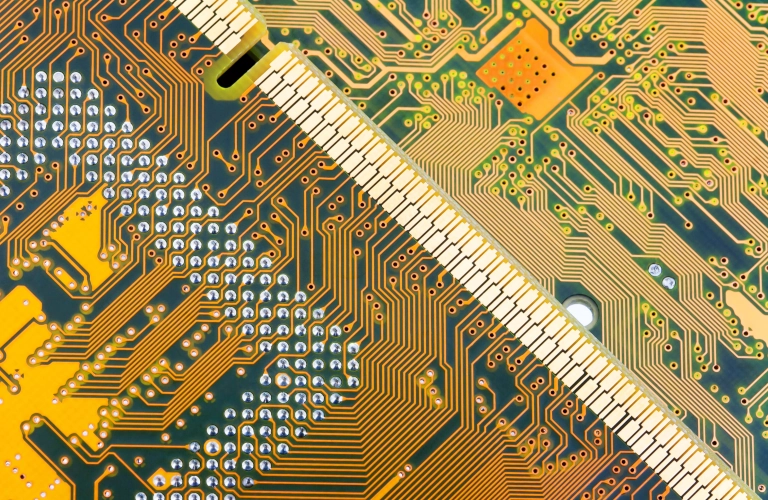
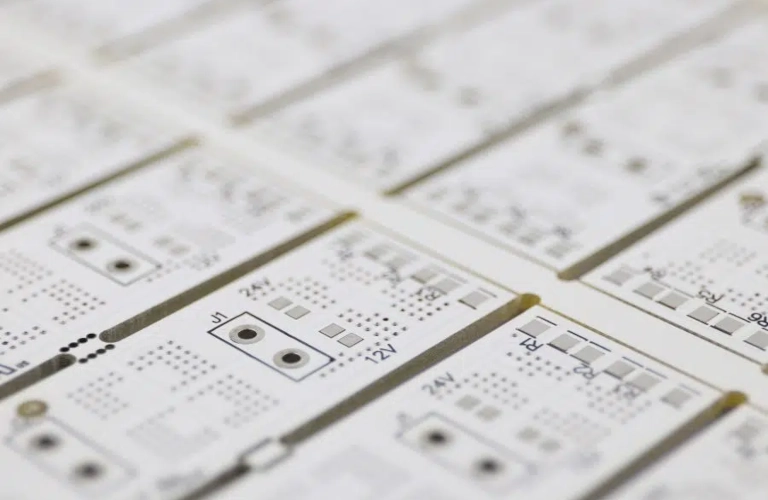
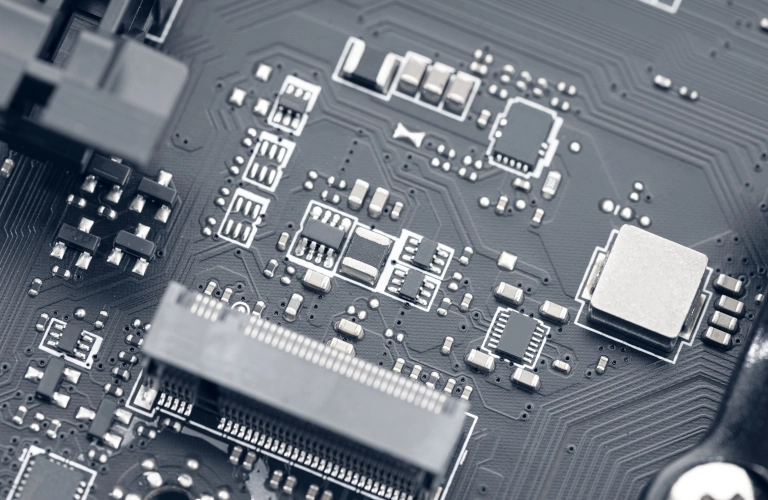
Most PCBs use copper as their primary conductor. If the copper is left unprotected after finishing, it can oxidize, making soldering difficult. An ideal surface finish would possess good solderability, a flat coplanar surface, cost-effectiveness, the ability to withstand unlimited heat cycles, and minimal health and safety concerns. There are various final finishes available, each with its own advantages and disadvantages. Different finishes are more suitable for specific applications.
OSP is exceptionally thin organic coatings specifically formulated to preserve the solderability of copper surfaces on PCB. This coating works by forming a complex organo-metallic bond with the copper, which is critical for ensuring a reliable solderable finish. OSP is particularly suitable for a range of applications, including both surface mount and through-hole assembly processes. Additionally, they offer a shelf life that supports effective long-term storage without compromising solderability, making them a practical choice for manufacturers and engineers alike.
Hot Air Solder Level (HASL or HAL) is the process of immersing a circuit board into molten solder, immediately followed by blowing the excess molten solder out of the holes using hot air under high pressure. For the vast majority of HASL applications, the solder alloy is tin-lead. For Pb-free applications, the main alloys include tin-copper, tin-silver-copper, tin-copper-nickel, and tin-copper-nickel-germanium alloys.
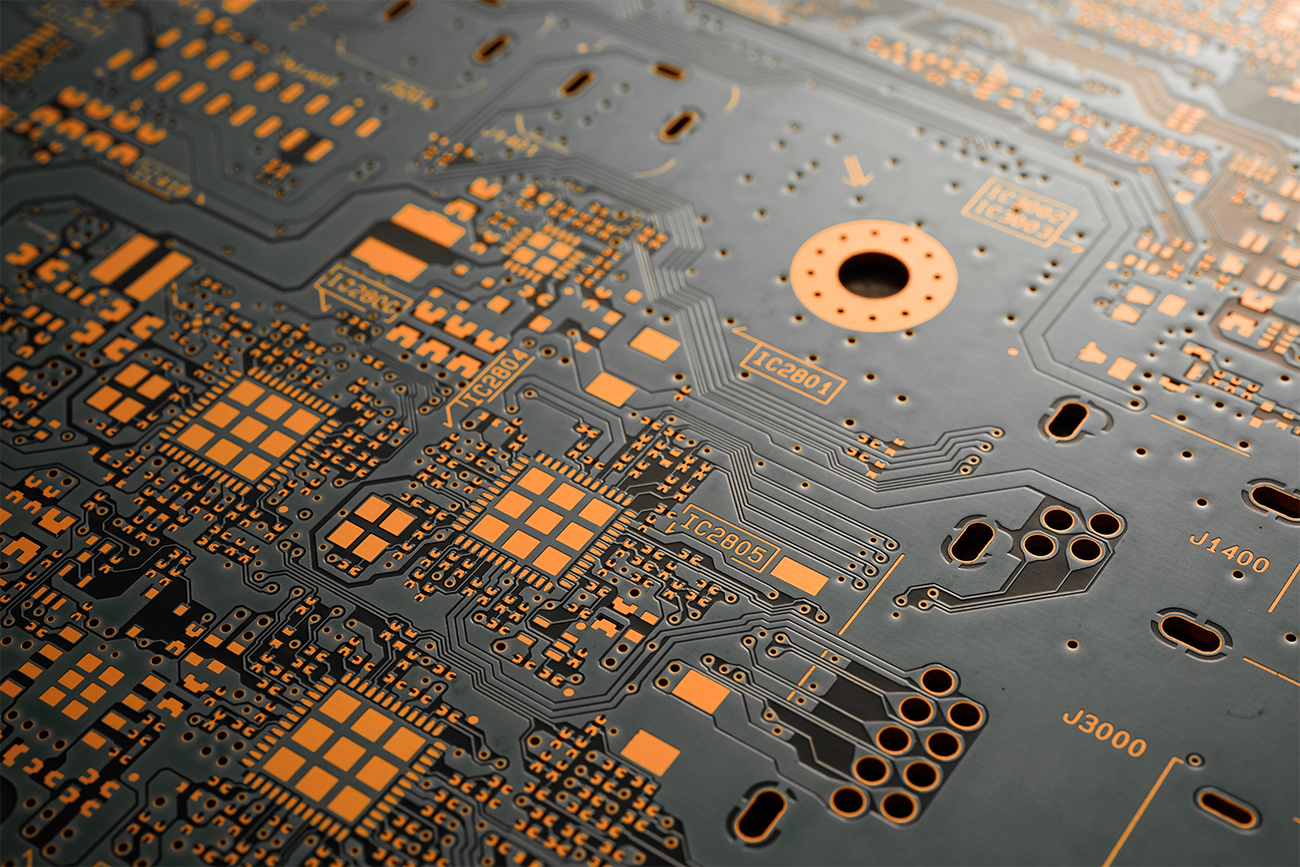
Traditional single-sided PCBs use materials like XPC, CEM-1, CEM-3, or other similar materials. However, there are also other types of single-sided PCBs that utilize different substrates, such as metal core PCBs,. MCPCBs and single-sided flexible PCBs (FPCs).
Single-sided Aluminum-Based PCBs are a type of single-sided printed circuit board that use aluminum as the base material instead of traditional substrates like FR-1 or FR-4. The aluminum base provides excellent heat dissipation and strength, making this type of PCB ideal for applications that require high thermal management, such as LED lighting systems and power converters. These boards are known for their durability and ability to support high-power components while maintaining performance reliability.
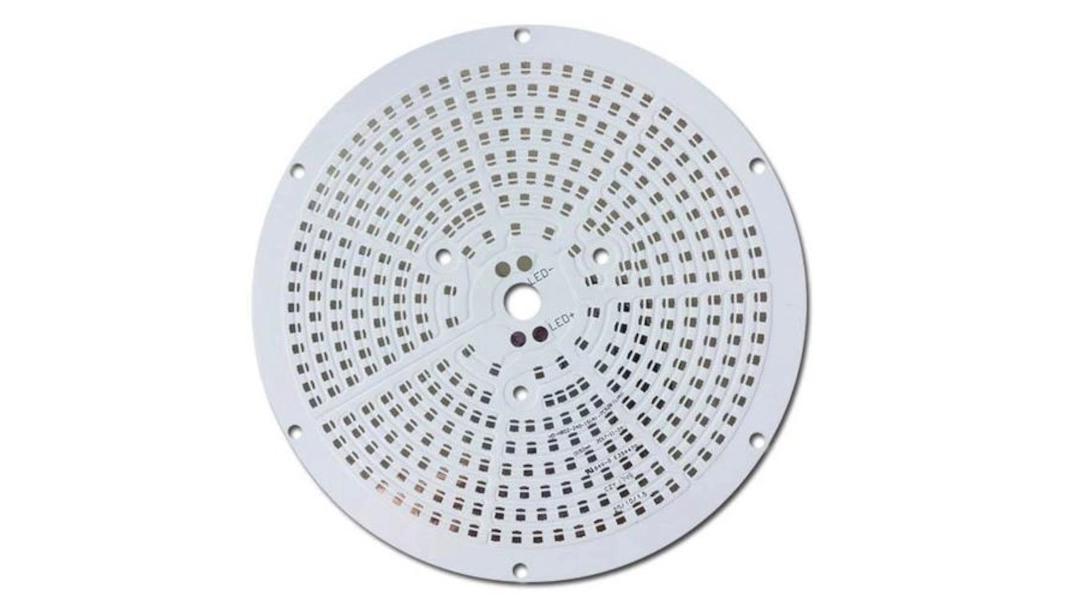
Single-sided Copper-Based PCBs are a type of single-sided printed circuit board that use copper as the base material instead of traditional substrates. These PCBs are known for their excellent electrical conductivity and are typically used in applications requiring high-performance electrical connections. The copper base enhances thermal conductivity, making them suitable for power electronics, motor controllers, and other applications where efficient heat dissipation and signal integrity are critical. Being durable and reliable, single-sided copper-based PCBs are widely adopted in industries requiring precision and performance.
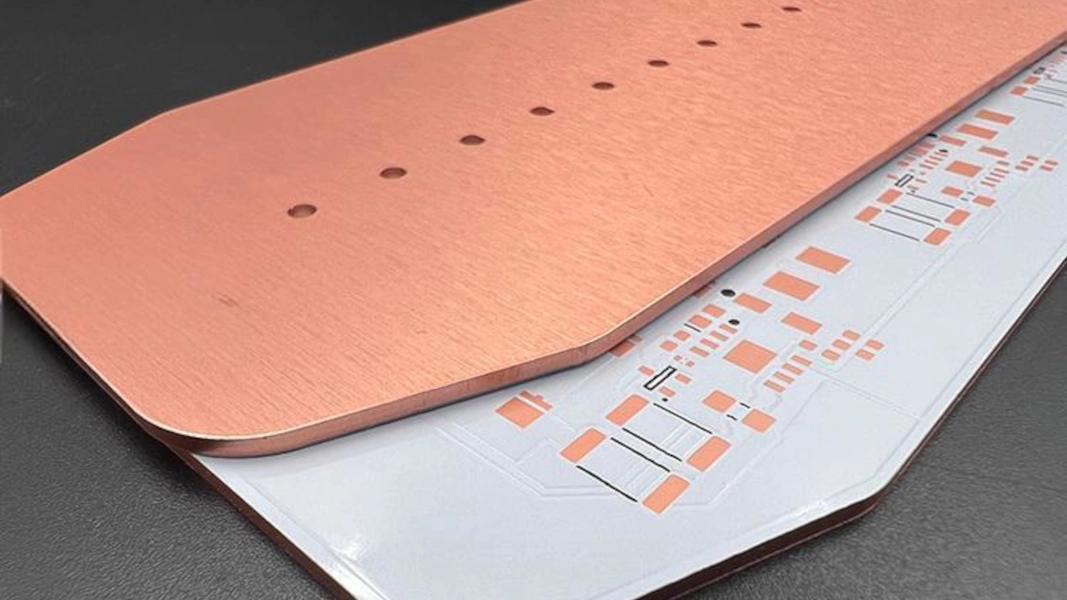
Single-sided FPC (Flexible Printed Circuit) refers to a type of single-sided PCB that is constructed on a flexible substrate instead of rigid materials like FR-4 or aluminum. These boards feature conductive traces on a single side of the flexible base, typically made from materials like polyimide or PET. Single-sided FPCs are lightweight, thin, and highly adaptable, making them ideal for applications that require flexibility, such as wearable devices, foldable electronics, cameras, and medical equipment. Their flexible nature allows them to conform to unique shapes and survive bending and folding without compromising electrical performance.
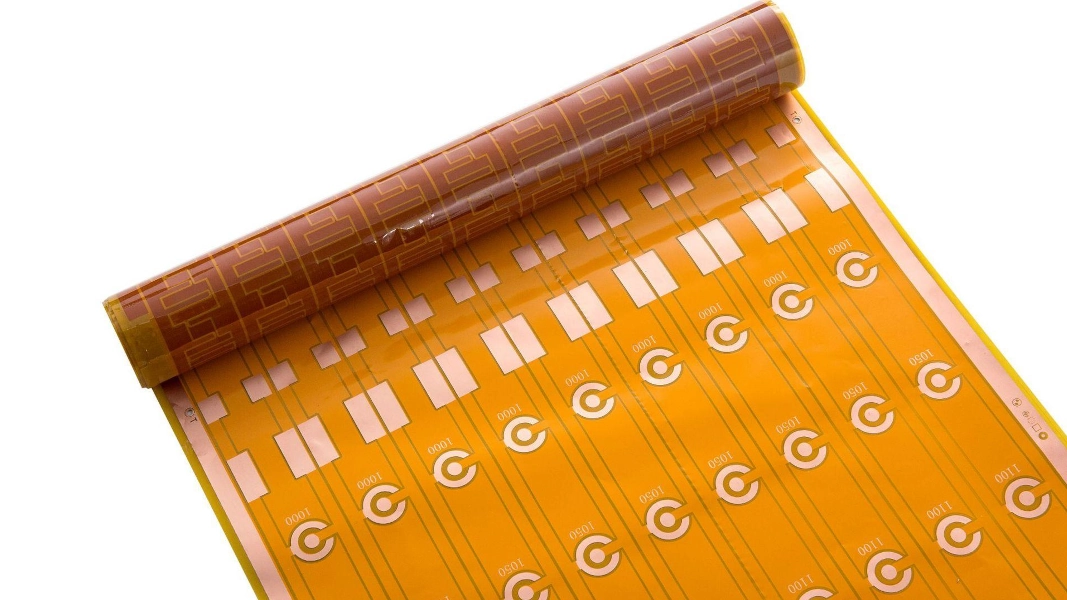
Common FAQ topics. If you have specific questions in mind, feel free to ask!
The manufacturer needs detailed fabrication drawings, part number information, drill data, manufacturing notes, board details (size, thickness, tolerances), materials, conductor patterns, artwork data, and a netlist, ideally in standard data formats like Gerber RS-274X or ODB++.
Common problems include poorly documented designs, misaligned layers, inadequate drill-to-copper clearance, and improper file formats. These are best addressed early in the design phase.
Drill data must be precise, and tungsten carbide drill bits are used for their wear resistance. Drill files should be properly archived and formatted to ensure accurate hole registration and quality.
Quality verification may involve electrical testing using comparison of the supplied netlist with the physical board, often using test formats like IPC-D-356 and conducting in-circuit or flying-probe tests.
We usually require Gerber RS-274X files, NC drill files, fabrication notes, and BOM (if assembly is needed). These formats ensure universal compatibility.
They are widely used in LED lighting, power supplies, household appliances, automotive electronics, simple consumer products, calculators, sensors, and low-density control circuits.
Common materials include FR-4, CEM-1, CEM-3, and aluminum-based substrates for LED and high-thermal-dissipation designs.
Standard thicknesses range from 0.6mm to 2.0mm, while typical copper weights are 1oz, 2oz, and 3oz depending on current requirements.
Common finishes include HASL, lead-free HASL, OSP, and ENIG (optional for certain designs needing high solderability or pad protection).
They offer the lowest cost, fastest production time, simple structure, good reliability, and excellent suitability for mass production and assembly.